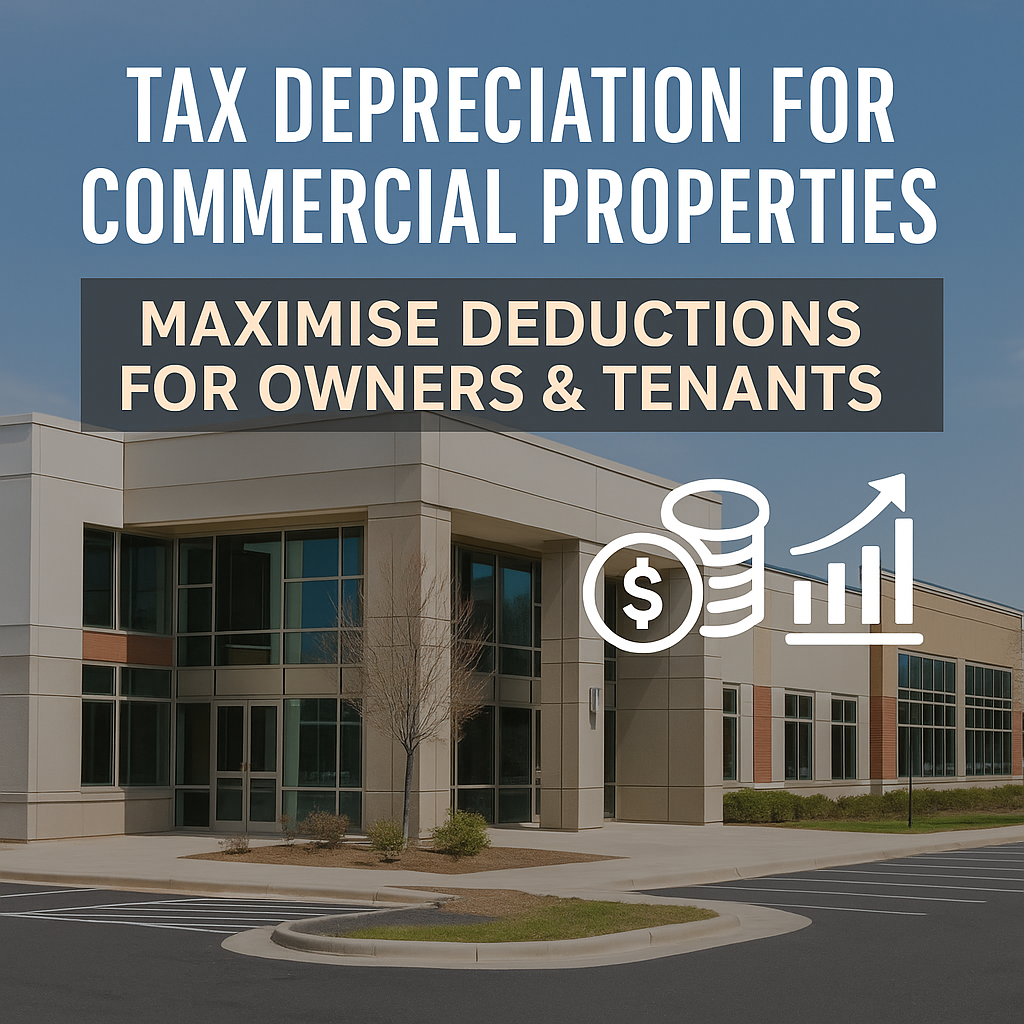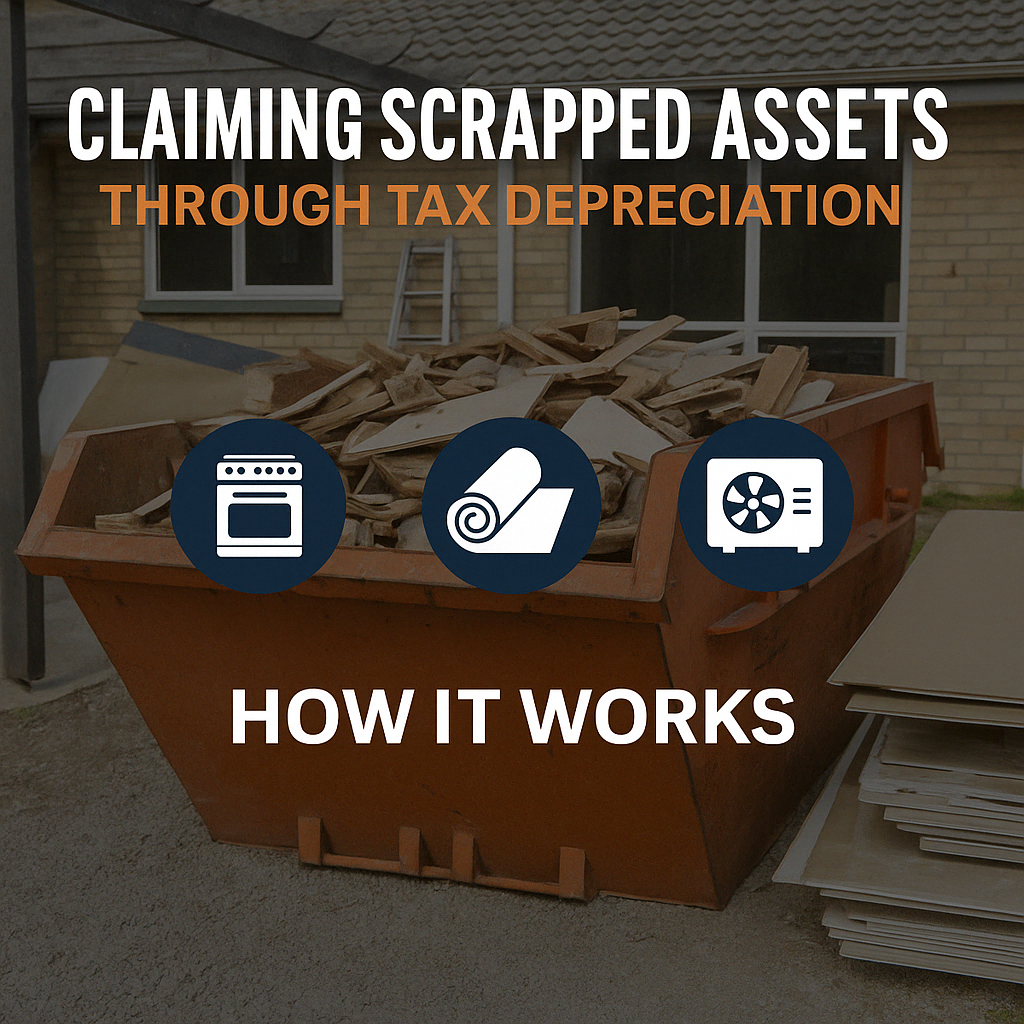
Maximise Your Investment Returns – Understanding Tax Depreciation
Tax depreciation is one of the easiest ways to improve your property’s cash flow—yet many investors miss out. In this article, we break down how it works and why every investor should have a depreciation schedule in place.
💡 What Is Tax Depreciation?
Tax depreciation allows you to claim a deduction for the wear and tear on your investment property. Over time, the building and its internal assets lose value—and the ATO lets you claim that loss as a deduction to reduce your taxable income.
🔍 What Can You Claim?
There are two main categories:
-
Division 40 – Plant & Equipment
Items such as carpets, blinds, ovens, air conditioning, and hot water systems. -
Division 43 – Capital Works
The building structure, including walls, windows, driveways, brickwork, and roofing.
Even if your property is older, improvements or renovations made after 1987 can still qualify under Division 43.
💰 Why It Matters
Depreciation deductions can result in:
-
Thousands in annual tax savings
-
Improved rental yield without raising rent
-
Better long-term return on investment
Investors often think they’re not eligible—especially for older homes—but they’re leaving money on the table.
👷 Who Can Prepare a Depreciation Schedule?
Only qualified Quantity Surveyors are recognised by the ATO to estimate construction costs for depreciation purposes. At TaxShield, all reports are prepared by Chartered Quantity Surveyors and tailored for maximum deductions while remaining fully compliant.
📦 Start With Our Investor Starter Package
For just $395+GST, our ATO-compliant report gives you everything you need to legally reduce your tax and unlock hidden cash flow in your property.
👉 Start your schedule now or contact us to learn more.


